Taj Mahal – Agra, a name that resonates with the very essence of love and architectural brilliance, stands majestically on the banks of the Yamuna River in India. This awe-inspiring monument, constructed during the Mughal era, is not just an outstanding work of art but also a symbol of enduring love. With its stunning white marble façade reflecting hues of pink and gold at sunrise and sunset, the Taj Mahal draws millions of visitors from around the globe every year, eager to witness its beauty and uncover the story behind this immortal structure.
A Historical Narrative: The Love Story Behind Taj Mahal – Agra
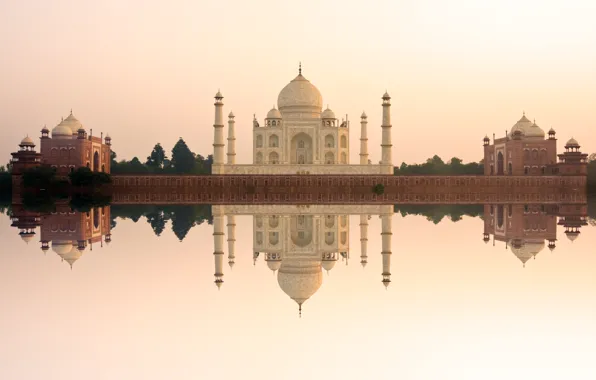
The origins of Taj Mahal – Agra are steeped in a poignant love story that transcends time. Commissioned by Emperor Shah Jahan in memory of his beloved wife, Mumtaz Mahal, the monument serves as a testament not only to their deep affection but also to the artistic prowess of the period.
The Life of Shah Jahan and Mumtaz Mahal

Shah Jahan, originally named Prince Khurram, was the fifth ruler of the Mughal dynasty. His love for Mumtaz Mahal, whose birth name was Arjumand Banu Begum, blossomed into a profound bond that lasted for nearly two decades.
Their union, celebrated through a grand wedding ceremony, was marked by romance and companionship. Tragically, Mumtaz Mahal passed away after giving birth to their fourteenth child. In his grief, Shah Jahan vowed to build a monument that would symbolize their eternal love—a promise that led to the creation of the Taj Mahal – Agra.
The emotional weight of this story adds a layer of depth to the monument. Each stone tells a tale of love, loss, and longing, inviting visitors to reflect on the power of these human experiences that resonate universally.
Architectural Vision and Planning

The conception of the Taj Mahal began in 1632, under the guidance of skilled architects and craftsmen. Shah Jahan envisioned a mausoleum that would not only honor his wife but also stand as a masterpiece of Mughal architecture.
Incorporating elements from Persian, Islamic, and Indian styles, the design reflects a harmonious blend of various cultural influences. The meticulous planning involved precise measurements and innovative techniques, ensuring the symmetry and aesthetic appeal of the structure.
The construction took over twenty years and employed the labor of thousands of artisans and workers. From the intricate inlay work to the grand dome and minarets, every aspect was carefully crafted to create a visual symphony of grandeur and elegance.
Symbolism and Cultural Significance
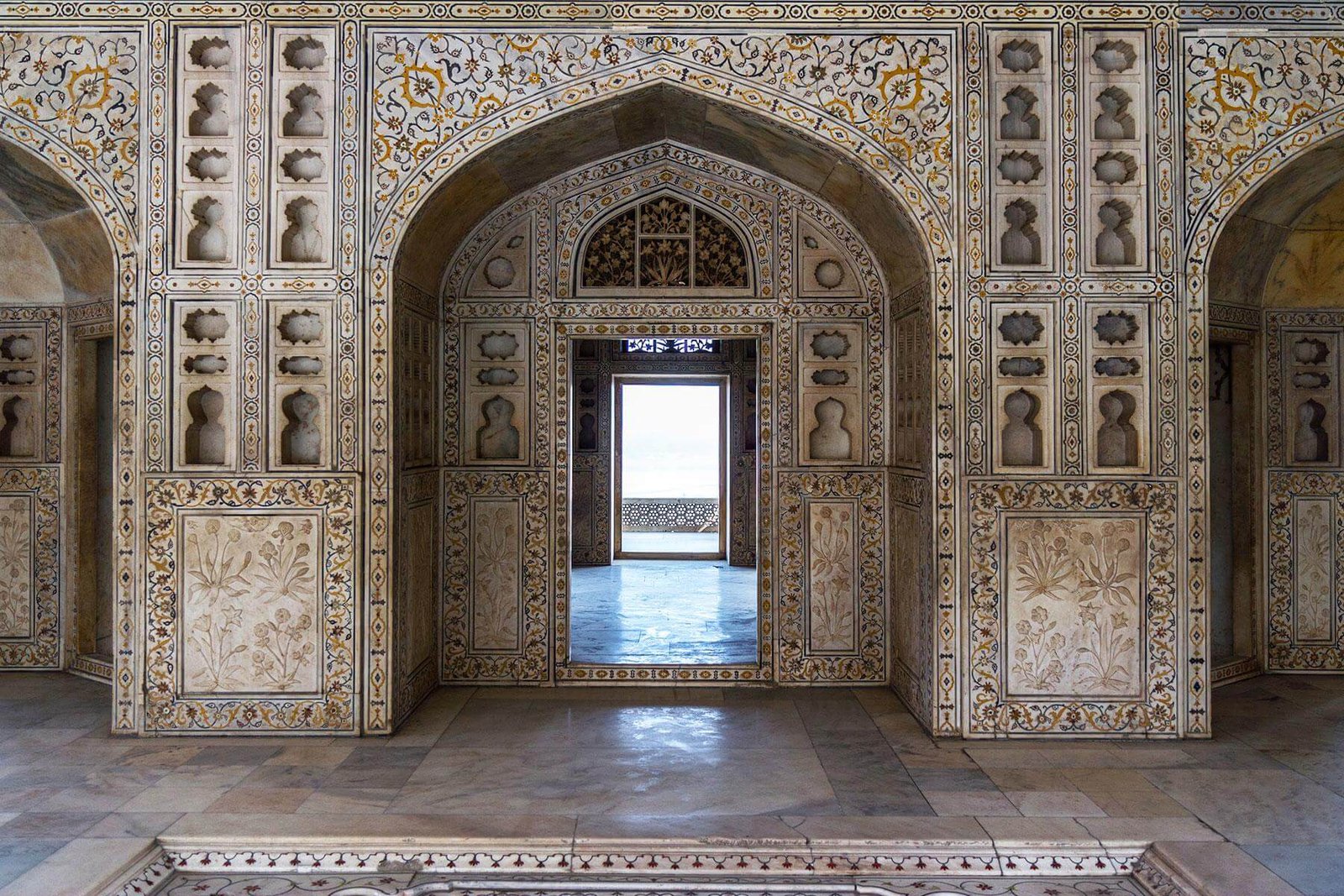
Beyond its architectural marvel, the Taj Mahal – Agra holds significant cultural and historical importance. It represents the zenith of Mughal artistry and serves as a reminder of a golden age when beauty and craftsmanship were held in the highest regard.
Moreover, the monument has retained its status as a symbol of love for centuries, inspiring countless poets, artists, and musicians. Its legacy extends beyond borders, making it a universal emblem of devotion and fidelity.
As visitors stroll through the lush gardens surrounding the Taj Mahal, they cannot help but feel enveloped in the aura of affection that permeates the air, connecting them to the timeless love story behind the monument.
The Architectural Brilliance of Taj Mahal – Agra

The architectural splendor of Taj Mahal – Agra is unparalleled. This magnificent structure showcases the ingenuity and artistry of the Mughal era, combining form, function, and beauty in an extraordinary manner.
The Majestic Structure
At first glance, the Taj Mahal captivates with its striking white marble façade, which seems to shimmer in the sunlight. The central dome, rising gracefully to a height of 240 feet, is flanked by four elegant minarets that add to the monument’s grandeur.
The use of white marble, sourced from Makrana in Rajasthan, is particularly significant. This exquisite material not only enhances the beauty of the Taj Mahal but also allows for intricate carvings and inlay work that adorn its surfaces. The changing colors of the marble throughout the day, reflecting various shades of pink, gold, and blue, create a mesmerizing spectacle that enchants all who behold it.
Decorative Elements and Inlay Work

One of the most remarkable features of the Taj Mahal – Agra is its stunning decorative elements. The intricate inlay work, known as ‘pietra dura,’ incorporates semi-precious stones such as lapis lazuli, jade, and coral. Skilled artisans meticulously arranged these stones to create elaborate floral patterns and geometric designs, transforming the walls into breathtaking works of art.
The calligraphy adorning the entrance and interior of the Taj Mahal further enhances its allure. Verses from the Quran, beautifully inscribed in elegant script, echo the spiritual significance of the monument, serving as a reminder of faith and the divine nature of love.
Gardens and Surrounding Landscape

The Taj Mahal is set within a vast garden, designed in accordance with the principles of Persian landscape architecture. The Charbagh, or “four gardens,” is divided into quadrants by waterways and pathways, symbolizing the idea of paradise on earth.
Visitors can wander through these serene gardens, experiencing the tranquility and beauty that envelops the monument. The reflective pool, perfectly mirroring the Taj Mahal, creates a picturesque scene that has been captured in countless photographs.
The surroundings invite contemplation and appreciation for the harmony between human creativity and nature, emphasizing the significance of beauty in our lives.
The Global Impact of Taj Mahal – Agra

The Taj Mahal – Agra is more than a national treasure; it has evolved into a global icon. As one of the Seven Wonders of the World, it attracts millions of tourists each year, drawing individuals from diverse backgrounds who share a common desire to experience its beauty firsthand.
The Tourism Phenomenon
Tourism in Agra has flourished due to the allure of the Taj Mahal. Travelers flock to witness the enchanting monument, contributing significantly to the local economy. Hotels, restaurants, and souvenir shops have proliferated, creating job opportunities and supporting livelihoods.
However, the influx of visitors poses challenges. Overcrowding can detract from the experience and impact the preservation of the monument. As such, efforts must be made to balance tourism with conservation, ensuring that future generations can enjoy the splendor of the Taj Mahal – Agra.
Cultural Exchange and Interaction
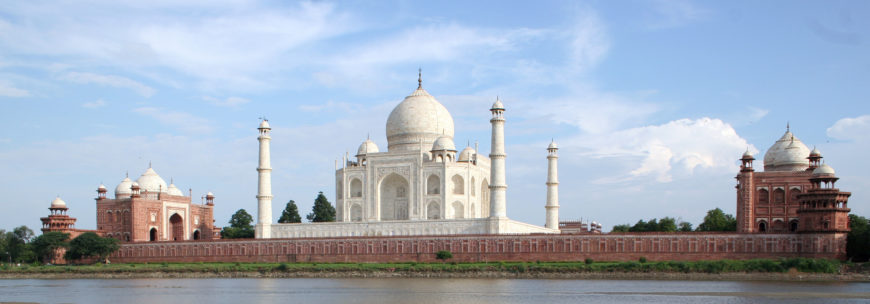
The presence of visitors from all corners of the world fosters cultural exchange and interaction. The Taj Mahal serves as a meeting point where people share stories, traditions, and perspectives, transcending geographical boundaries and promoting understanding.
This cultural amalgamation enriches the experience of visiting the Taj Mahal, as individuals connect with one another through the shared appreciation of beauty, history, and love. The conversations and friendships formed within its hallowed grounds create lasting memories that extend far beyond the visit itself.
Preservation Efforts and Challenges

Preserving the Taj Mahal – Agra as a UNESCO World Heritage site requires ongoing commitment and resources. Environmental factors, pollution, and natural wear pose significant threats to the integrity of the monument. Initiatives aimed at restoring and maintaining its original glory are essential to ensure its survival.
Local authorities and organizations have undertaken projects to combat pollution and restore the marble’s brilliance. These efforts highlight the importance of safeguarding cultural heritage while encouraging sustainable practices in tourism management.
With increased awareness and collective action, we can protect the Taj Mahal and celebrate its legacy for generations to come.
An Enduring Legacy: The Essence of Taj Mahal – Agra
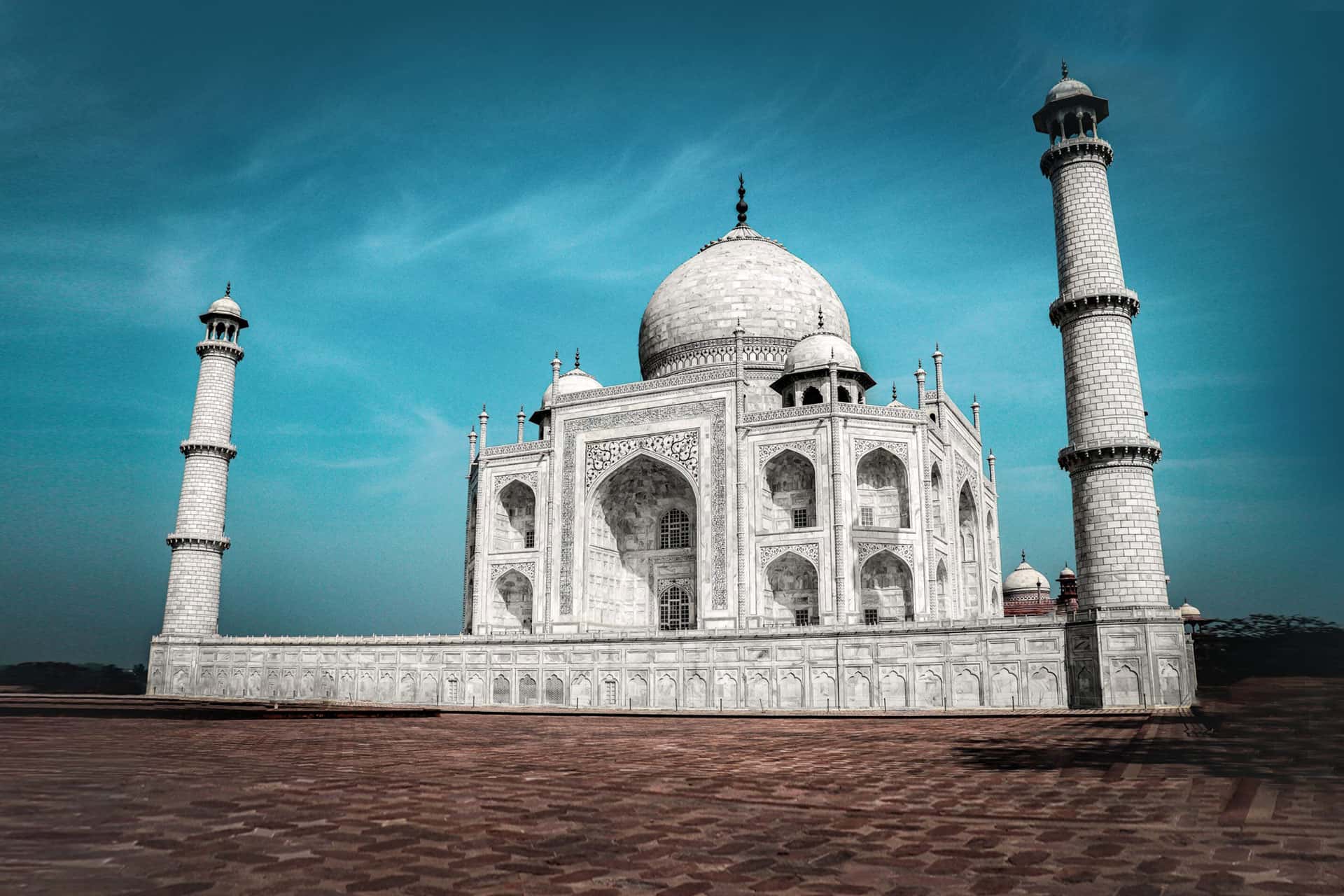
The Taj Mahal – Agra embodies an enduring legacy that speaks to the hearts of many. Beyond its physical beauty lies a deeper meaning—one that encompasses love, loss, and the human experience.
A Universal Symbol of Love
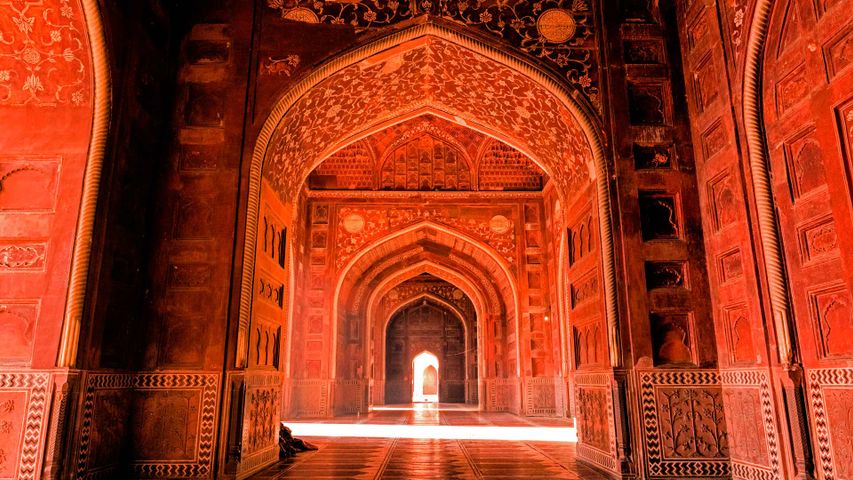
For centuries, the Taj Mahal has stood as a powerful symbol of love, inspiring countless couples to visit and pay homage to the eternal bond it represents. Whether it’s newlyweds seeking romantic moments or long-time partners reminiscing about their journeys together, the monument ignites feelings of affection and connection.
The stories shared by visitors often echo the sentiments expressed by Shah Jahan and Mumtaz Mahal—a reminder that love transcends time and space. In this way, the Taj Mahal – Agra unites individuals from diverse walks of life, fostering a sense of community focused on shared emotions and common aspirations.
Artistic Inspiration and Influence

The impact of the Taj Mahal – Agra extends into the realms of art and literature. Poets, writers, and artists have drawn inspiration from its beauty, weaving tales and creating masterpieces that capture the essence of love and longing.
In contemporary culture, the image of the Taj Mahal often adorns artworks, films, and advertisements, reinforcing its status as an iconic representation of romance. This continued fascination ensures that the legacy of the Taj Mahal remains vibrant and relevant in modern society.
Reflections on Humanity

The Taj Mahal – Agra invites introspection and reflection on the complexities of human emotions. As visitors stand before the grand structure, they are encouraged to contemplate their own relationships, love stories, and experiences.
The monument stands as a reminder of the fragility of life and the importance of cherishing those we hold dear. In a rapidly changing world, the lessons imparted by the Taj Mahal resonate, prompting individuals to cultivate meaningful connections and embrace the beauty of love in all its forms.
Conclusion
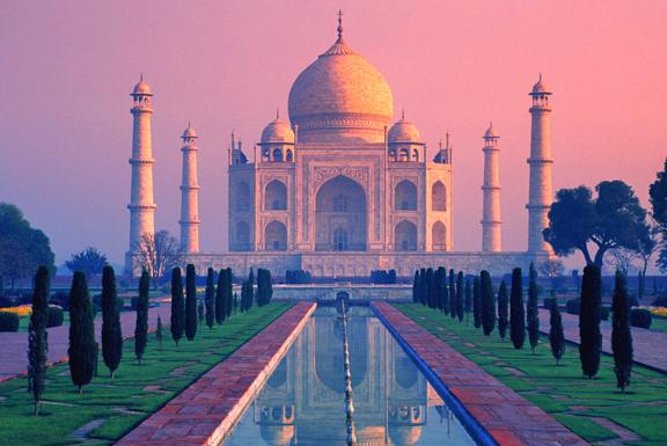
In conclusion, the Taj Mahal – Agra serves as a timeless reminder of love, artistry, and humanity. Its majestic architecture and rich history tell a story that transcends generations, captivating hearts around the world.
As we continue to explore and appreciate this incredible monument, let us also reflect on its deeper meaning and the lessons it imparts. The Taj Mahal is not merely a destination; it is an enduring symbol of love that binds us together, inviting us to embrace our shared humanity and cherish the connections we forge along the way.
Whether you are a traveler, a lover, or simply an admirer of beauty, the Taj Mahal – Agra offers a glimpse into the profound experiences that define our existence. So, let us celebrate this extraordinary monument and the everlasting love it represents—an ode to the past, present, and future.
✉️ Stay Connected — Subscribe for Weekly Updates
Discover timeless stories, practical wisdom, and beautiful culture — delivered straight to your inbox.
*We only share valuable insights — no spam, ever.






